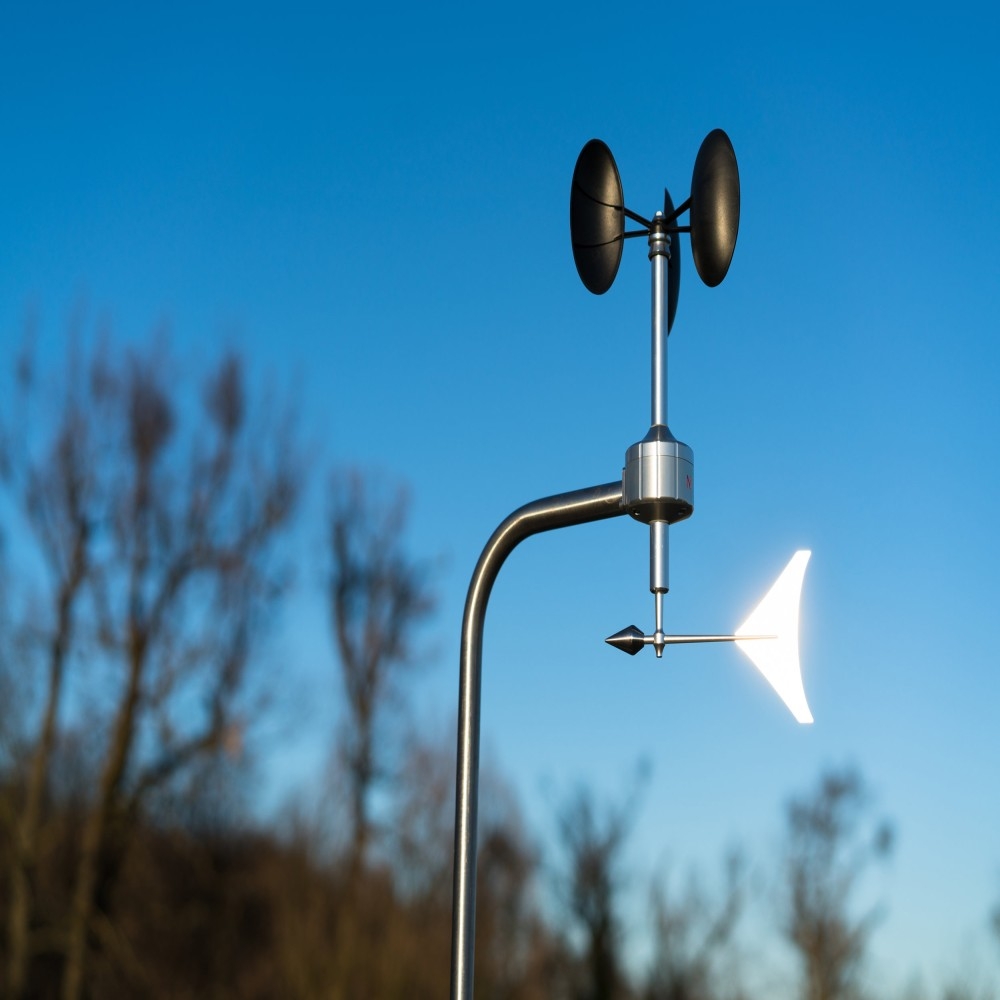Applications in Agriculture
Farmers rely on them to understand local wind patterns for several important applications:
Crop Protection - Excessive winds can damage crops, so wind data helps determine susceptibility. They indicate when it's safer to spray herbicides and pesticides.
Irrigation Management - Windy conditions increase evaporation from soils and transpiration from plant leaves. Theyhelp schedule irrigation based on actual moisture loss.
Grain Drying and Storage - Wind speeds impact how long it takes for freshly harvested grains to dry properly before storage. ensure optimal drying times are achieved.
Greenhouse Ventilation - Greenhouse operators use Anemometer to trigger automatic vents during periods of high inside winds. This regulates temperature and prevents damage.
Renewable Energy Analysis
They are essential for evaluating wind energy potential at a given location. They help:
- Assess feasibility of wind turbines for farms, businesses or community projects.
- Optimize positioning of turbines based on prevailing winds.
- Predict long-term energy generation for return-on-investment calculations.
- Monitor turbine performance and feed real-time data to wind farm control systems.
Aviation Weather Stations
Located at airports, automated weather observing stations equipped with precision ultrasonic anemometers provide critical data:
- Wind speed and direction info aids in air traffic control and take-off/landing procedures.
- Gust monitoring prevents unsafe winds from endangering aircraft.
- Records support investigation of accidents where wind may have played a role.
- Met office uses data for weather reports, forecasts and warnings essential for pilots.
Siting Wind Turbines and Wind Farms
When developing utility-scale wind energy projects, They are installed long-term at potential sites:
- Measure hourly, daily and seasonal variations over years for energy predictions.
- Identify areas with consistently strong and dependable winds for highest output.
- Confirm wind profiles match turbine specifications for optimal performance.
- Monitor impacts of terrain like hills, brush and nearby structures or buildings.
- Gather detailed profiles to validate turbine placement within wind farm layouts.
Get more insights on Anemometer
Measuring Wind Speed: The Importance of Anemometers in Various Industries



